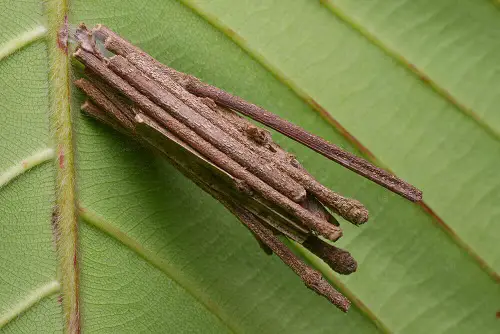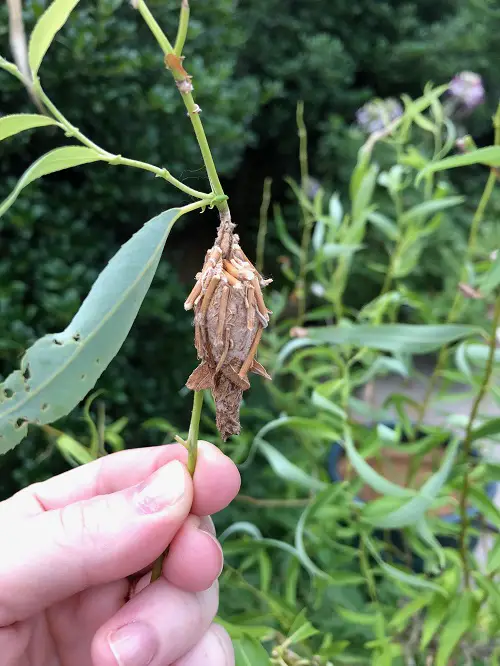Have you spotted a wooden twigs like thing in your garden? If You See This on Your Plants and Trees, Remove Immediately!

If you notice wooden sticks like growth hanging from your plants and trees, it’s time to take action. These bags might be home to bagworms, and you’ll want to get rid of them ASAP!
What are Bagworms?
Bagworms are caterpillars of the Psychidae moth family that earn their name with the “bag” or twigs that they carry with them. It’s actually a mobile home that they make by weaving together silk with leaves, twigs, bark, and even lichen, and it helps them camouflage, too.
The bag keeps on becoming larger as the caterpillar grows until turns into a moth and flies away.
There are nearly 1350 species of bagworms, but the most common ones you’ll come across are Common Bagworm (Psyche casta), Paulownia Bagworm (Eumeta variegata), and Evergreen Bagworm (Thyridopteryx ephemeraeformis).
27 Unbelievable Tricks to Get Rid of Cockroaches Overnight
How Can Bagworms Harm the Garden and Plants?

Bagworms feast on evergreen varieties like cedars, firs, pines, spruces, and arborvitae. They have munching mouths and are heavy feeders, causing defoliation.
The primary concern is their appetite, as a large group of these is enough to strip shrubs and trees of their leaves and needles. Such behavior hinders photosynthesis and leads to stunted growth.
That’s not all; the bags that they carry woven with twigs and debris often add unwanted weight to leaves and stems, increasing the risk of breakage, especially in windy weather. So if you see these on your plants and trees, remove them immediately.
How to Get Rid of Aphids on Indoor Plants | 17 Effective Tips
How to Get Rid of Bagworms?
- Manual Removal: Locate the bags and carefully pick them off of the plant. Dispose off them in a sealed bag.
- Insecticides: If you see these higher up in trees, you can use insecticides. We suggest one that has Bacillus thuringiensis (Bt) – it’ll be safe for pets and humans.
- Natural Predators: You can also encourage birds and wasps in the garden. They love to snack on bagworms and will keep their populations in check for you.
These will help you get rid of bagworms soon. But if you feel the infestation is severe, you can always consult a licensed pest control professional for help.


